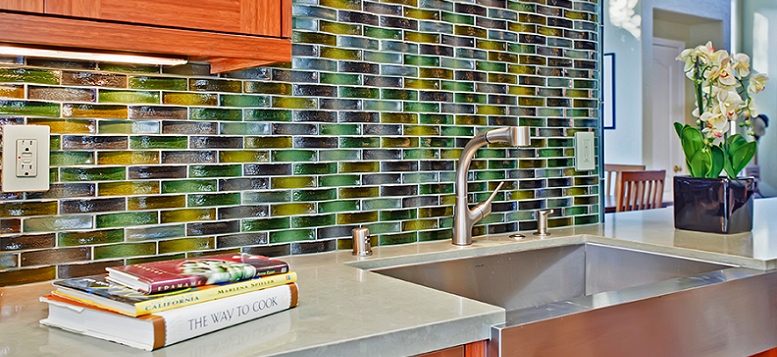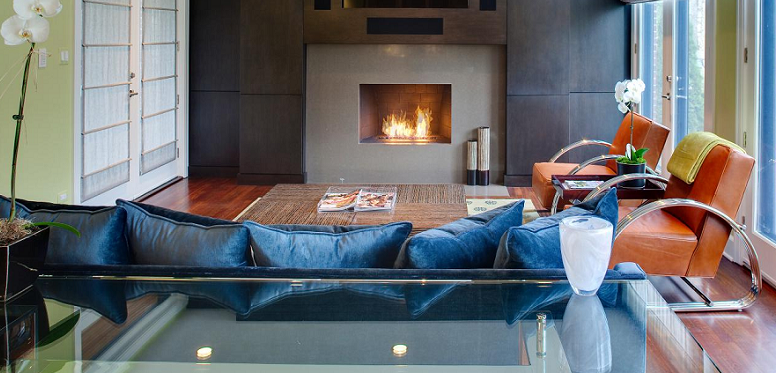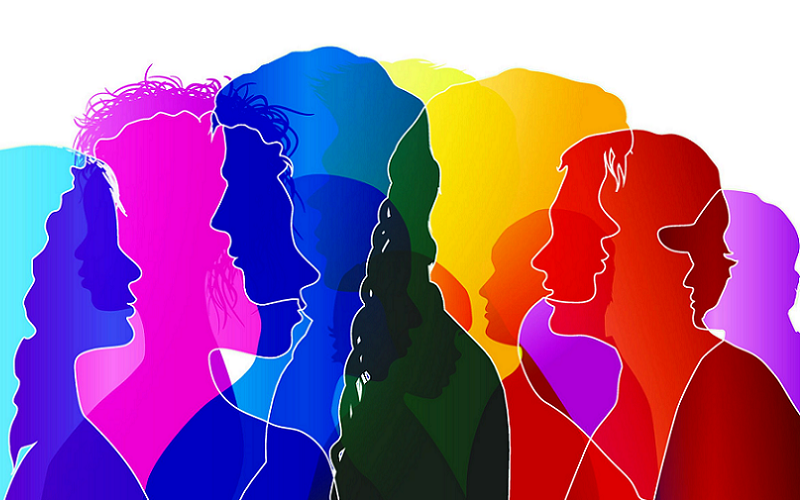Color plays a significant role in shaping our moods and behaviors. From the clothes we wear to the walls of our homes, the colors around us can have a profound effect on our emotions, thoughts, and actions. The field of color psychology explores the connection between color and human experience, and the ways in which different color schemes can impact our well-being. Here we delve into the science of color psychology and examine the various ways in which color can influence our moods and behaviors.
What Is Color Psychology?
Color psychology is the study of how color affects human behavior and emotions. It is a branch of psychology that explores the influence of color on our perception, mood, and overall well-being. This field of study looks at the various ways in which color can impact our lives, from the clothes we wear to the environments we inhabit.
It examines the physiological responses that different colors can trigger, such as changes in heart rate, hormone production, and brain activity. Color psychology also explores the cultural and personal associations we have with different colors, and how these can shape our perceptions and reactions.
In essence, color psychology is concerned with understanding the complex relationship between color and human experience, and how this relationship can be leveraged to improve our lives.
Understanding the Impact of Color on Mood and Behavior
The impact of color on mood and behavior can be both subtle and profound. It starts with how the brain processes color information. Our brains have the ability to process color information quickly and efficiently, and this information can trigger certain physiological responses, such as changes in heart rate, hormone production, and brain activity. The emotional impact of color can also be shaped by our personal experiences and cultural associations. For example, a color that one person finds calming might be perceived as anxiety-inducing by another person.

The way color is used in design also has a significant impact on mood and behavior. For example, warm colors like red, orange, and yellow are often associated with excitement and energy, while cool colors like blue, green, and purple are often associated with calmness and serenity. Neutral colors like black, white, and gray can evoke feelings of sophistication and stability. When used in different combinations, color schemes can create specific moods and evoke specific emotional responses.
In everyday life, the impact of color on mood and behavior can be seen in various settings, from the clothes we wear to the environments we inhabit. Choosing colors that promote positive mood and behavior can help to improve our overall well-being, and consideration of color psychology can be valuable in both personal and professional settings. Whether you’re designing a space, selecting a wardrobe, or simply looking to create a more positive and productive environment, understanding the impact of color on mood and behavior is a valuable tool for creating the life you want.
Individual Psychological Effects of Different Colors
The impact of color on mood and behavior can be further understood by considering the individual psychological effects of different colors. For example, red is often associated with excitement, passion, and energy, and can increase heart rate and stimulate the body. Blue, on the other hand, is often associated with calmness, serenity, and trust, and can have a calming effect on the body and mind. Yellow is often associated with optimism and positivity, while green is associated with growth and balance.
In addition to the individual psychological effects of color, color schemes can also have a significant impact on mood and behavior. The use of warm colors in a space, for example, can create a sense of energy and excitement, while the use of cool colors can create a sense of calm and tranquility. Neutral color schemes, such as black and white, can evoke feelings of sophistication and stability.
The impact of color on mood and behavior can also be shaped by cultural and personal associations. For example, in Western cultures, white is often associated with purity and innocence, while in some Eastern cultures, white is associated with mourning. Similarly, the impact of color can be influenced by personal experiences and memories. For example, a person who associates a certain color with a traumatic event might experience negative emotions when they see that color again.

Color Schemes and Their Impact on Mood and Behavior
Color schemes refer to the combination of colors used in a design, and they can have a significant impact on mood and behavior. The use of color in design is a powerful tool that can evoke specific emotions and create specific moods. When used effectively, color schemes can enhance the overall aesthetic and functionality of a space.
Color schemes can be warm, cool, or neutral. Warm colors, such as red, orange, and yellow, are often associated with excitement, energy, and passion. They can create a sense of warmth and comfort, and can stimulate the body and mind.
Cool colors, such as blue, green, and purple, are often associated with calmness, serenity, and trust. They can have a calming effect on the body and mind, and can create a sense of peace and tranquility. Neutral colors, such as black, white, and gray, are often associated with sophistication, stability, and balance. They can create a sense of sophistication and calm, and can provide a neutral backdrop for other colors.
The impact of color schemes can be seen in various settings, from interior design to fashion to branding. In interior design, color schemes can be used to create specific moods and evoke specific emotional responses. For example, a warm color scheme in a living room can create a sense of comfort and relaxation, while a cool color scheme in a bedroom can promote calm and restful sleep.
In fashion, color schemes can be used to create a specific look or mood, such as a bold and energetic outfit or a calm and serene look. In branding, color schemes can be used to communicate the values and personality of a brand, and to evoke specific emotions and moods in customers.
Color schemes and their impact on mood and behavior are an important aspect of design and can be used to create positive and productive environments. Whether you’re designing a space, selecting a wardrobe, or developing a brand, understanding the impact of color schemes on mood and behavior is a valuable tool for creating the life you want.

Applying Color Psychology in Everyday Life
The principles of color psychology can be applied in everyday life to improve well-being and enhance personal and professional environments. By understanding the impact of color on mood and behavior, individuals can make informed decisions about the colors they surround themselves with and create environments that promote positive emotions and behaviors.
One way to apply color psychology in everyday life is by choosing colors that promote positive mood and behavior. For example, incorporating warm colors in a home office can increase energy and motivation, while incorporating cool colors in a bedroom can promote calm and restful sleep. Understanding the individual psychological effects of different colors can also be valuable in choosing clothing and accessories that promote positive emotions and moods.
Another way to apply color psychology is by considering the impact of color in personal and professional settings. In a workplace, for example, incorporating colors that promote calm and focus can improve productivity and creativity. In a personal setting, understanding the impact of color can be valuable in creating a home environment that promotes relaxation and well-being.
Applying the principles of color psychology in everyday life can have a significant impact on mood and behavior. Whether you’re choosing colors for your home, wardrobe, or workplace, understanding the impact of color can help you create environments that promote positive emotions and behaviors. By incorporating color psychology into your life, you can create a more positive and productive environment and enhance your overall well-being.

